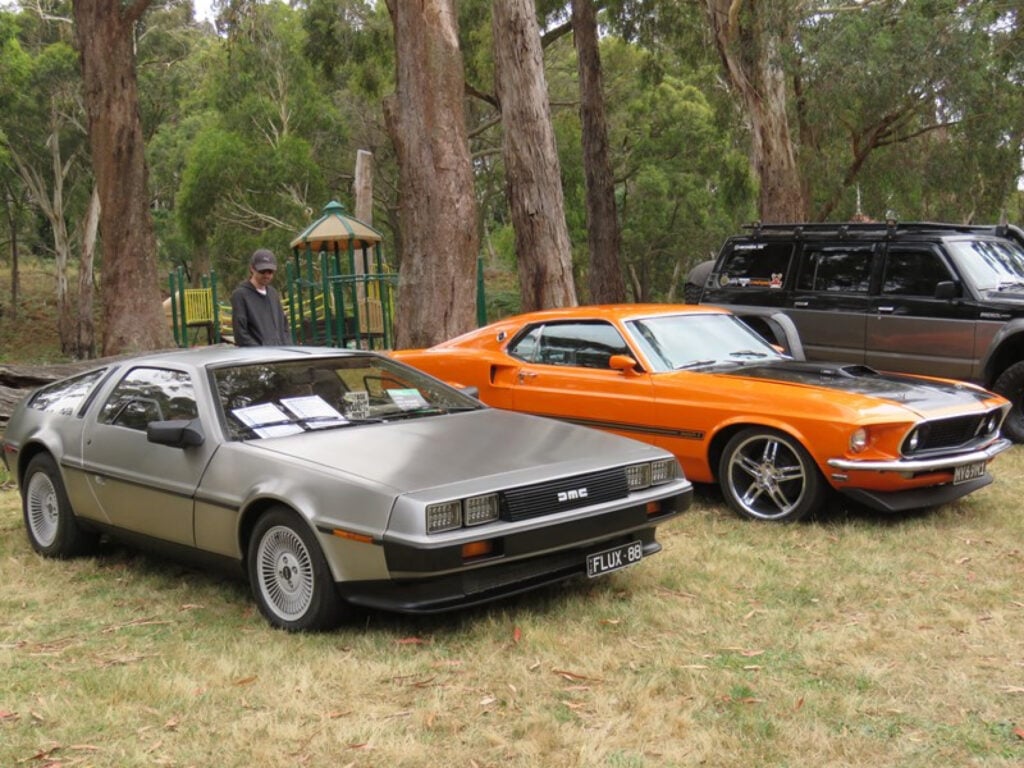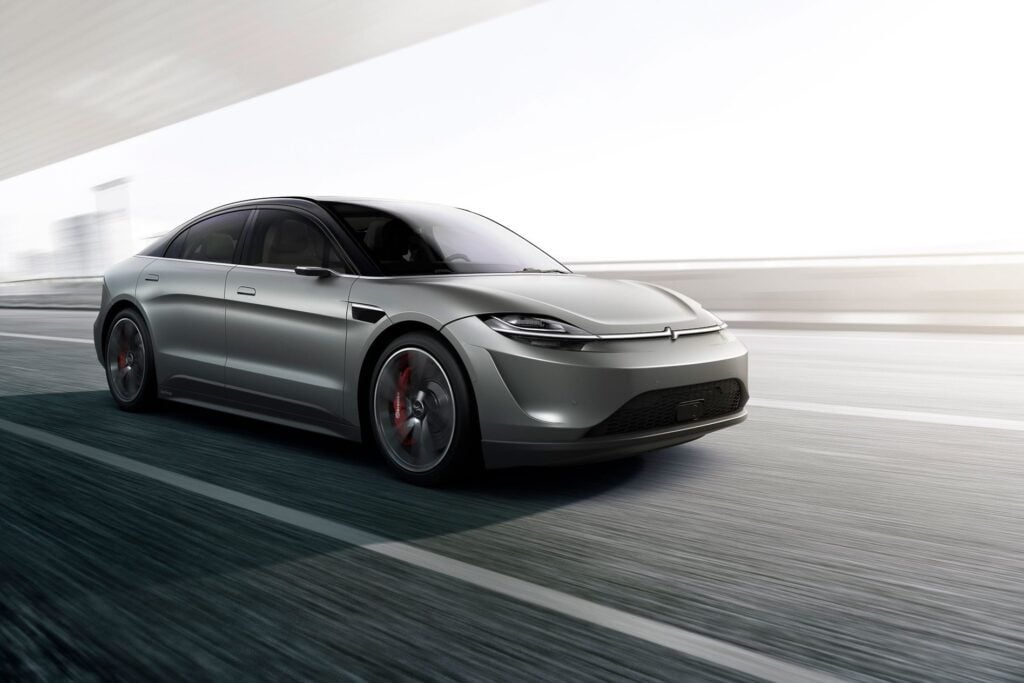
Formula 1 is the foremost breeding ground of cutting edge car technology, and though much of it is shrouded in secrecy, there are things in our everyday road cars that have their roots in the most advanced motorsport on the planet. Here are five of them:
Paddle shifters
Almost every automatic new car today has paddle shifters attached to its steering wheel to help provide a bit more of a hands-on and sporty driving experience. The idea was pioneered by Ferrari from the late-1980s for its F1 cars, to allow drivers to change gears faster without taking their hands off the wheel.
Lubricants
TV ads showing how the motor oil for humble commuter cars was developed on Grand Prix racetracks around the world are generally true. There’s no better stress test of engine lubricants than Formula 1 racing, which requires oils to operate with minimal warm up time and at high revs and temperatures.Shell has long worked with the Ferrari F1 team to develop its range of oils for our daily drivers, which in some cases are even more advanced because of their need to operate at much lower temperatures as well. Cleaning agents in fuel, which assist with lubrication and keep fuel injectors clean also originated in Formula 1.
| From Grand Prix novice to Formula 1 fanatic
Carbonfibre construction
In 1981 F1 driver John Watson was involved in a horrific crash at the Monza Grand Prix which saw his McLaren MP4/1 car virtually disintegrate in a puff of smoke. Watson attributed his survival to the car’s revolutionary carbonfibre monocoque frame. F1 cars had aluminium monocoque frames but McLaren went with carbon fibre because its strength and light weight made it easier to design a wider, more streamlined car. As well improving torsional stiffness it increased safety, as spectacularly demonstrated when Watson lost control and hit a fence.These days carbonfibre monocoques are the norm for all F1 racers as well high-performance production supercars including various McLaren models, the Porsche 918 Spyder and Carrera GT, Lamborghini Aventador, Ford GT and others. They are also found within the bodies of the BMW i3 and i8 electric vehicles and will probably make their way into more mainstream production cars in the future.
Aerodynamics
Aerodynamic surfaces on cars go way back to the 1950s when cars started to become much faster but less stable. Swiss engineer and driver Michael May fitted an inverted wing to his Porsche Type 550, which worked opposite to an aeroplane wing to provide downforce. This improved stability, traction and handling and the car beat all other Porsches in its first race at the Nürburgring in 1956.May’s wing was banned after protests but the idea returned with an adjustable aerofoil that provided downforce at turns but then reduced drag on straights. Soon, production cars such as Porsche roadsters and coupes were being built with aerodynamic bodies.Formula 1 racing again came to the fore in the 1970s when Lotus, led by engineering guru Colin Chapman, discovered that adding side skirts to its Type 78 trapped airflow under the car resulting in constant downforce and low drag known as ‘ground effect’.Today’s Formula 1 cars still follow this design principle while many road cars, including everyday sedans and SUVs, are using spoilers and wings to make them slipperier through the air for improved performance and fuel efficiency.
Adaptive suspension
Colin Chapman’s Lotus team also developed a way for the suspension to maintain the car’s ride height over bumps, while keeping ground force effect to maximise grip and aerodynamic efficiency. Other manufacturers including Williams followed, but after a decade the use adaptive suspension was suddenly banned in 1993 because of safety concerns over increasingly high cornering speeds and hydraulic parts prone to leaking. The systems were also technically in breach of a rule prohibiting ‘moveable aerodynamic devices’ on cars.
| Car suspension: what is it and how it worksAdaptive suspension has been banned from Formula 1 ever since but has found its way into production cars including many affordable models. Also known as active suspension, it works automatically or via the selection of different driving modes such as Comfort and Sport.




